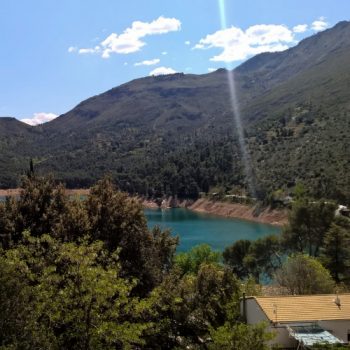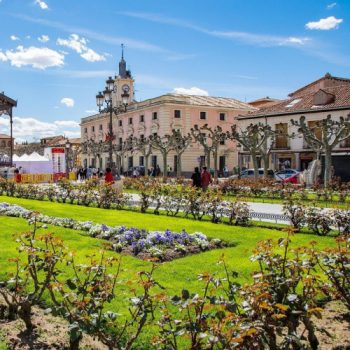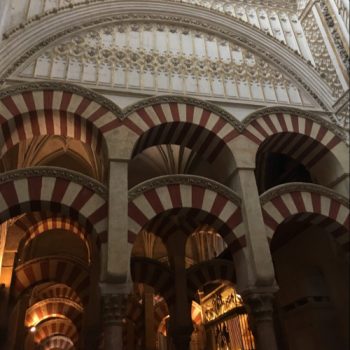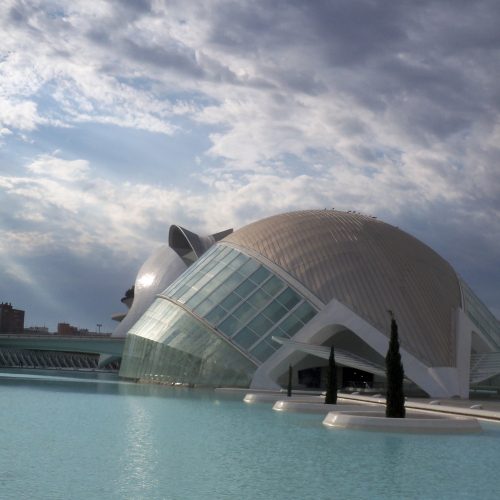
What You Need to Know about Valencia
Valencia, Valencia (officially in the language valenciano: València, País Valencià)
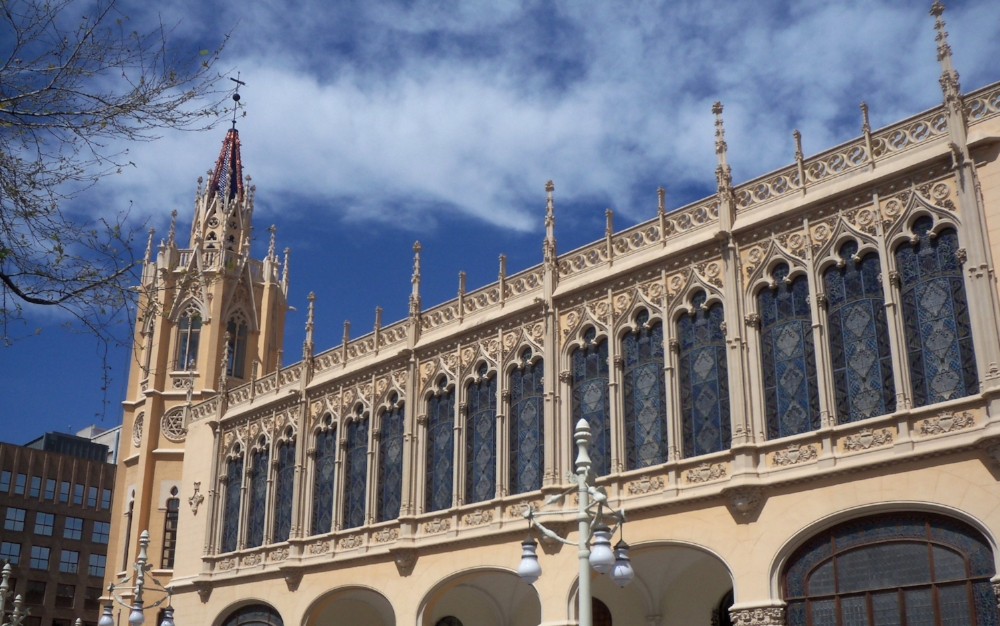 Transport options to arrive: Train, Bus, or Car
Transport options to arrive: Train, Bus, or Car
Depending on where you are leaving from, getting to Valencia can be really easy or a pain in the butt. From Madrid and Barcelona, you can find frequent bus routes that are reasonably priced, and if you buy them early, even less expensive. Slightly more expensive are the train and the AVE (the fast train), but from these two cities they are both reasonable options. However, if you are trying to get to Valencia from somewhere like Granada, these options are expensive and long! Therefore, the best option is to go by car (or BlaBlaCar* if you don’t have your own). From Granada to Valencia you save around 2 – 3 hours and some money.
 Recommended time of year to visit and length of visit: Like all cities or towns, Valencia has its own ferias or town celebrations called las fallas (which can be translated to “the failures,” but I’m not actually sure what the relevance of the name is as the festival itself celebrates spring and art in the city). Las fallas lasts for almost a month in March and the city is full of people celebrating life—and typically poking fun at Spain’s politics and current events, represented in the papier-mâché statues. If you go for a long weekend—say four days—you will be able to check out the city center, see the celebrations, and visit one of our top 3, Albufera, outside the city of Valencia.
Recommended time of year to visit and length of visit: Like all cities or towns, Valencia has its own ferias or town celebrations called las fallas (which can be translated to “the failures,” but I’m not actually sure what the relevance of the name is as the festival itself celebrates spring and art in the city). Las fallas lasts for almost a month in March and the city is full of people celebrating life—and typically poking fun at Spain’s politics and current events, represented in the papier-mâché statues. If you go for a long weekend—say four days—you will be able to check out the city center, see the celebrations, and visit one of our top 3, Albufera, outside the city of Valencia.
Fun Fact: If you stay in Spain long enough you will begin to understand the passion that is behind how they eat rice…and make paella. While different people in distinct regions make rice with different ingredients and tools, paella itself is from Valencia. True Valencian paella doesn’t contain any seafood at all, but is made with chicken, rabbit, and maybe snails for flavor. In addition, this dish must be made in a specific pan, a paellera, traditionally over a fire in a way where the rice on the bottom gets slightly burnt or toasted or socarrat.
Note: Making paella is a specific process, an art even, that we get into more here, but please know that not all rice is paella (even if it is still delicious)!
Top three must-sees:
1. El Casco Antiguo: The city center has everything that you would expect to see in an old Spanish city—the cathedral, parts of the old city wall, watch towers. It is also a great place to wander around and get a sense of the city. Make sure to wander into a bakery or two and try some traditional sweets!
Check out this link (sorry it’s in Spanish) for 15 must sees in the old city center—otherwise just meander around!
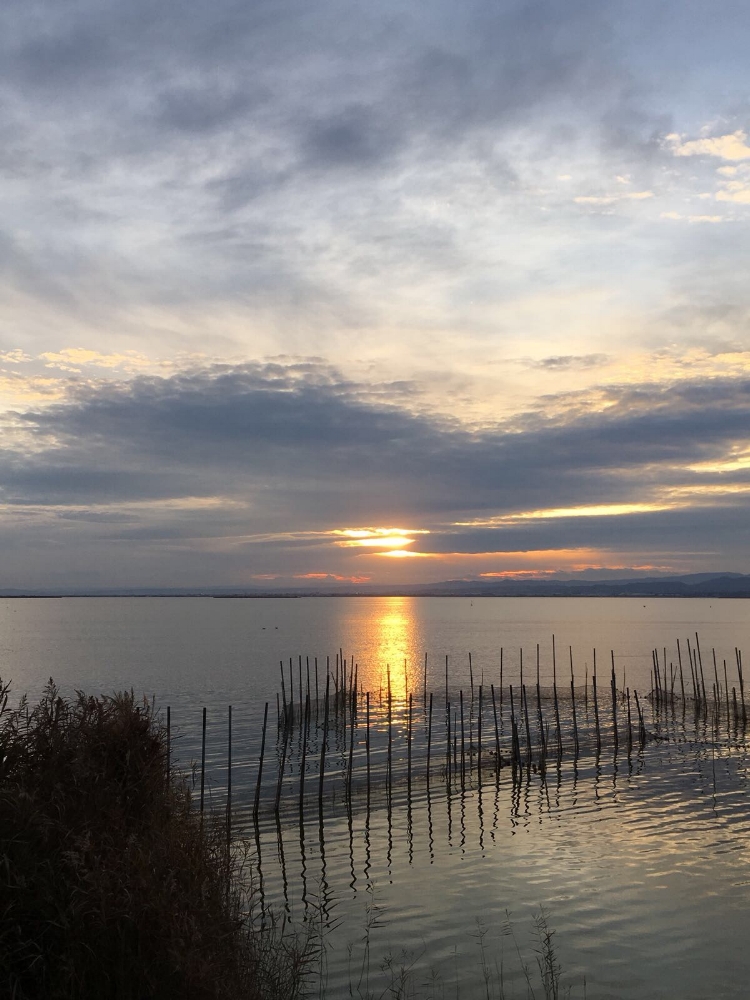 2. El Río Turia: This river has be diverted to pass through the city of Valencia exactly how the architects wanted—with one end at the Ciudad de las Artes y las Ciencias or the “City of Arts and Sciences.” Going for a paseo (a walk) along the river is a great way to see the more natural parts of the city and gives you the opportunity to see people hanging out in parks or playing sports. Personally, I would recommend ending at the Ciudad de las Artes y las Ciencias and enjoying the area there as the architecture is beautiful.
2. El Río Turia: This river has be diverted to pass through the city of Valencia exactly how the architects wanted—with one end at the Ciudad de las Artes y las Ciencias or the “City of Arts and Sciences.” Going for a paseo (a walk) along the river is a great way to see the more natural parts of the city and gives you the opportunity to see people hanging out in parks or playing sports. Personally, I would recommend ending at the Ciudad de las Artes y las Ciencias and enjoying the area there as the architecture is beautiful.
3. La Albufera: This natural park in Valencia is outside the city center but well worth a visit. You can get there by bus although going by car is more convenient if you want to check out the beach as well as the countryside. Go for a day and make sure to stop in the town El Palmar to sample traditional Valencian food (including real Valencian paella!).
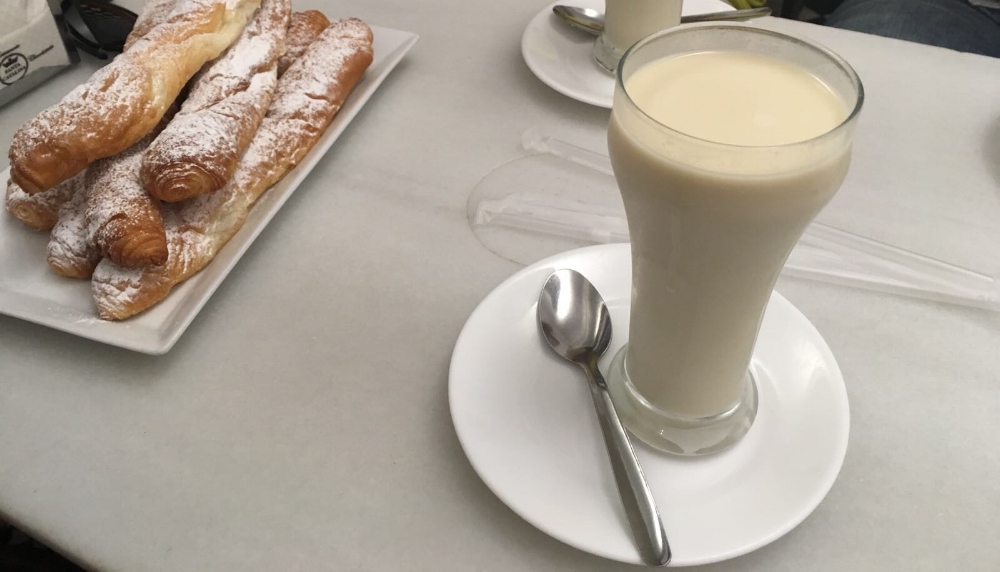 One thing to drink: Horchata
One thing to drink: Horchata
We already mentioned paella, so why not try this traditional drink that is from Valencia. Thought to be from when the Muslims ruled the Iberian Peninsula (hopefully we will get into that more soon), horchata is made by soaking tigernuts in water and blending it together with sugar, straining out the large bits, and enjoying. Spanish horchata is different than Mexican or South American horchata, so give it a try and let us know what you think!
*See how to use BlaBlaCar here and how to chose the best BlaBlaCar here.


